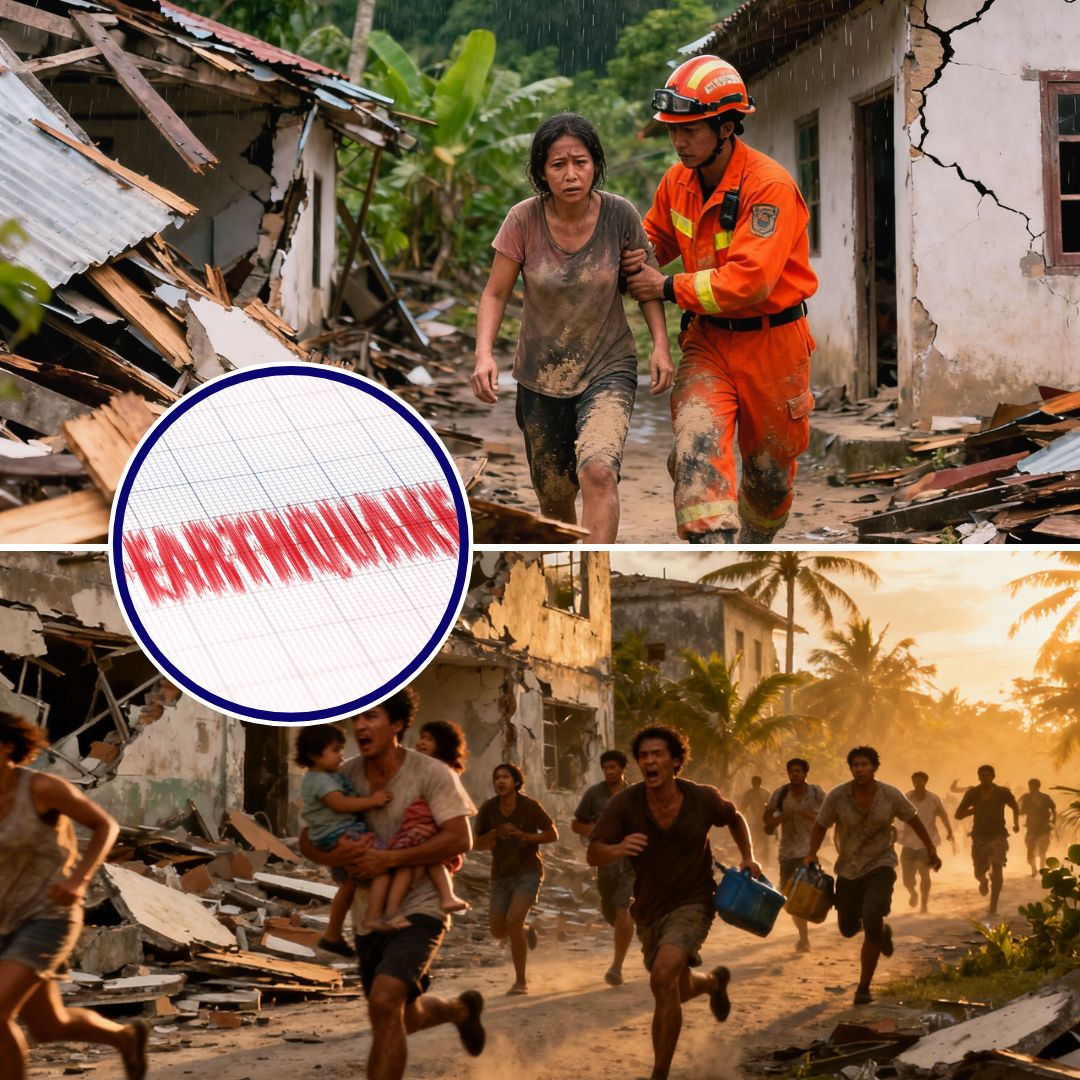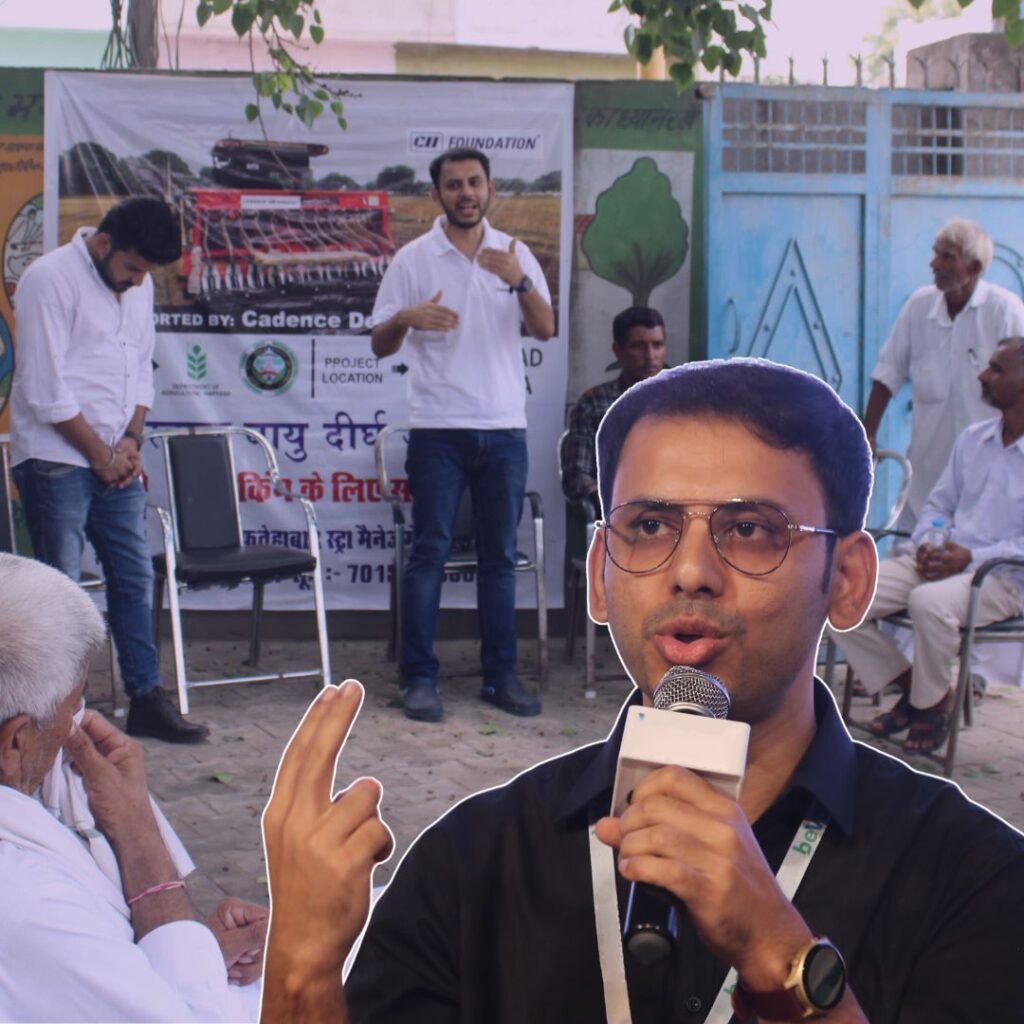Two powerful earthquakes measuring 7.4 and 6.7 magnitude struck off the southern Philippines on October 10, 2025, resulting in at least seven fatalities and triggering tsunami warnings along coastal areas.
The strongest quake hit near Manay town in the Davao Oriental province shortly before 10 a.m. local time, followed by a significant aftershock nearly 9-10 hours later.
The tremors caused structural damage, led to evacuations, and tested the region’s disaster preparedness systems. Official agencies continue to monitor aftershocks and coordinate relief operations.
Intense Quake and Immediate Impact
The first earthquake, with a magnitude of 7.4, rattled the southern island of Mindanao near the Philippine Trench, an active tectonic boundary beneath the sea. The shaking, which lasted about 40 seconds, was powerful enough to cause buildings to sway, power outages, and widespread panic among residents in Davao Oriental and adjacent provinces. In the towns closest to the epicentre, homes, public buildings, roads, and bridges sustained damage. Several schools and hospitals reported partial structural harm, necessitating evacuations of patients to temporary shelters.
The subsequent 6.7-magnitude aftershock further unnerved the population, reinforcing fears of ongoing instability. Civil defence authorities reported at least seven deaths, including some from collapsed debris and others due to heart attacks triggered by the quake’s sudden shock. Emergency responders immediately mobilised rescue and relief teams to provide aid, open evacuation centres, and ensure the safety of vulnerable residents.
Tsunami Warnings and Regional Seismic Activity
Following the first quake, tsunami warnings were promptly issued for coastal communities in the Philippines and Indonesia. Authorities warned of waves potentially exceeding one metre, urging residents in low-lying areas to evacuate to higher ground.
Thankfully, no significant tsunami waves materialised, and warnings were lifted after several hours once monitoring confirmed the threat had subsided. These quakes form part of the Pacific “Ring of Fire,” a zone known for frequent earthquakes and volcanic activity caused by tectonic plate movements. The dual strikes are classified as a “doublet,” two major quakes occurring close together in time and location, arising from intense stress along the undersea Philippine Trench fault line.
The region recently, on 30th September, suffered another devastating earthquake with a magnitude of 6.9 in Cebu province, highlighting the Philippines’ continued vulnerability to seismic hazards. Scientific agencies like the Philippine Institute of Volcanology and Seismology (Phivolcs) emphasise the need for heightened awareness and preparedness across communities exposed to tectonic risks.
The Logical Indian’s Perspective
This natural disaster underlines the critical importance of robust, multi-layered disaster preparedness and response systems in vulnerable regions. Beyond immediate rescue efforts, rebuilding stronger infrastructure and investing in early warning technologies are vital to reduce future risks. However, resilience also depends on fostering community cohesion, empathy, and solidarity with those affected.
The loss of lives and homes touches deeply on human vulnerability, urging society to prioritise sustainable and inclusive policies that safeguard all citizens, especially those in hazard-prone zones. The Logical Indian encourages readers to reflect on how collective responsibility and kindness can drive better support mechanisms during crises.











